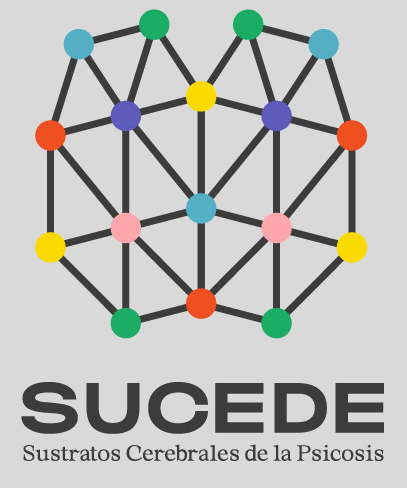PATIENTS WITH GREATER HYPERACTIVATION AT RESTING STATE MODULATE THEIR BRAIN ACTIVITY LESS DURING A COGNITIVE TASK. EVIDENCE USING THE SPECTRAL ENTROPY MEASURE (Dr. María Iglesias and Dr. Álvaro Díez)
Entropy is a thermodynamic function that was adapted to the context of information theory. Applied in the power spectrum of the EEG it is called Spectral Entropy and is indicative of brain activity (DIS)-order. A decrease in its value represents a spectrum whose power is condensed in a narrower range of frequencies (more regular signal) and a higher value means a more uniform and flat spectrum with a broad spectral content (more irregular signal).
According to previous results of our group (Bachiller et al., 2014; Molina et al., 2018; 2020), there is a deficit in the modulation of spectral entropy in patients with first-episode and chronic schizophrenia, and also in patients with bipolar disorder during the performance of an auditory oddball task (pressing a button before a certain stimulus and inhibiting the response to other stimuli). This could indicate abnormal brain processing, reflected as a decrease in EEG modulation during the performance of a task with a small cognitive load. This, in last stay, could contribute to the construction by the patients of aberrant mental representations in the form of symptoms and/or cognitive deficits typical of the different subtypes of psychosis.
A previous study presented a few months ago by Dr. María Iglesias as part of her doctoral thesis, and currently in the preparation phase for publication, showed that patients with chronic schizophrenia presented an increase in absolute potency (hyperactivation) in all slow (delta and theta) and also faster (gamma) frequency bands.
From these alterations in patients with schizophrenia, we established the following working hypothesis: the higher activation at rest (hyperactivation in patients) will be related to a lower capacity of modulation or change of brain activity during the oddball task. We performed correlation and regression analyses between both measures (absolute power at rest and modulation of entropy during the oddball task).
The results showed a statistically significant relationship between the hyperactivation of theta and gamma bands and the entropy modulation deficit in schizophrenic patients. This relationship was negative, that is, the higher the activation at rest showed by a patient, the lower was his capacity of spectral change during the oddball task. However, this relationship was not significant in first-episode patients nor in those with bipolar disorder. Curiously, we observed that healthy controls showed an analogous relationship between higher resting power values in both bands and a decrease in entropy modulation during the task.
As a conclusion, these results suggest: 1) there is a normal/healthy biological mechanism that relates a higher resting activity with a lower capacity of changing brain activity during a cognitive task; and 2) this mechanism is also present in those patients who, as our previous study reported, presented hyperactivity in both slow and fast bands of the frequency spectrum. This is probably related to a deficiency of cortical inhibition (linked to the activity of GABAergic interneurons) and to a deficit of modulation of its activity which, when passing a certain threshold, could contribute to the appearance of specific symptoms and to the psychotic illness.



